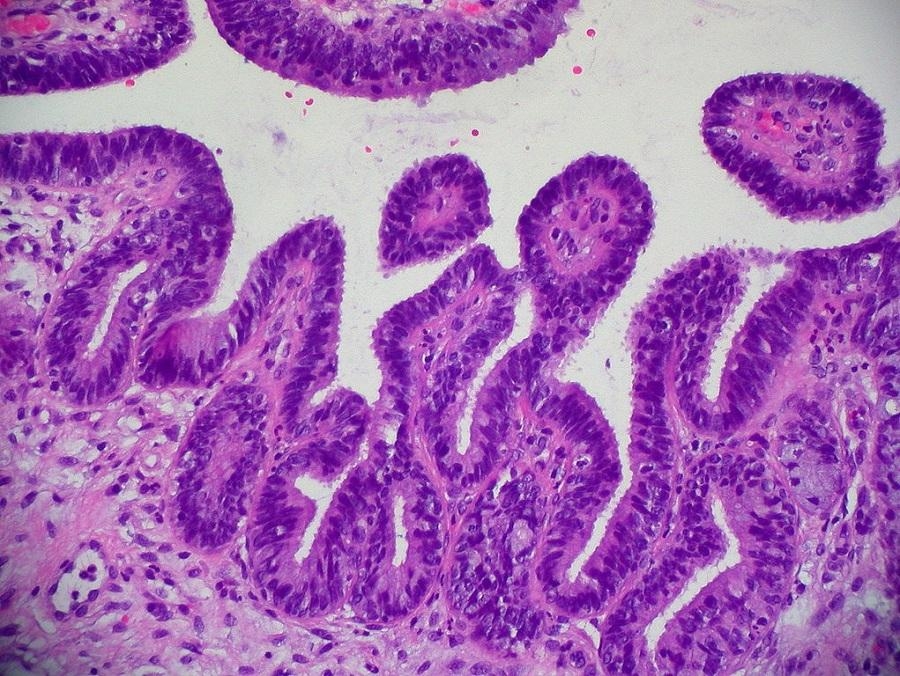There appears to be a long road ahead before scientists could finally develop a complete cure for cancer. On the bright side, the availability of advanced technologies in the medical science field – like the CRISPR-Cas9 tool – is helping people see that it is not an impossible challenge to overcome.
Recently, it has been reported that a group of scientists from Australia “cured” cervical cancer on a mice model for the first time. The use of CRISPR-Cas9 was significant in the experiment that they hope to also test on humans within the next five years.
Cervical cancer cured on mice for the first time
Researchers led by Dr. Luqman Jabair and Professor Nigel McMillan of Griffith University’s Menzies Health Institute Queensland published their study on Molecular Therapy, revealing that, for the first time, they successfully cured cervical cancer on an animal model. With CRISPR-Cas9, the scientists specifically targeted the tumors using nanoparticles with stealth properties.
CRISPR-Cas9 is usually heard in numerous studies on cancer cures. It is one of the most advanced tools that scientists can use to edit cancer cells’ genes to stop it from spreading or, in this case, eliminate them from the body. In this study, a mice model with cervical cancer tumors was injected with the nanoparticles that searched for the cancer cells.
The cells that cause cervical cancer were edited by adding “extra DNA” that stops it from reproducing. “This is like adding a few extra letters into a word, so the spell checker doesn’t recognise it ‘anyTTmore,’” McMillan explained.
The scientists reported that they observed a 100 percent survival rate on the mice they treated after successfully eliminating the tumors. The animal model also did not exhibit other clinical side effects, but the researchers noted that there may be “other gene changes” they have not observed yet because they might appear at a later time.
Cervical cancer cure to be tested on humans by 2024
With the research and experiment holding this much promise, the next big step would be clinically testing it on human subjects. The scientists reported that they hope to have it done within the next five years. Meanwhile, they also consider the possibility of applying the same methods in studying cures for other types of cancer. To do that, they have to identify the right genetic composition first.



 The brain is the most complicated object in the universe. This is the story of scientists’ quest to decode it – and read people’s minds
The brain is the most complicated object in the universe. This is the story of scientists’ quest to decode it – and read people’s minds  Archeoastronomy uses the rare times and places of previous total solar eclipses to help us measure history
Archeoastronomy uses the rare times and places of previous total solar eclipses to help us measure history  How do airplanes fly? An aerospace engineer explains the physics of flight
How do airplanes fly? An aerospace engineer explains the physics of flight  Genetic diseases: How scientists are working to make DNA repair (almost) a piece of cake
Genetic diseases: How scientists are working to make DNA repair (almost) a piece of cake  Black hole, neutron star or something new? We discovered an object that defies explanation
Black hole, neutron star or something new? We discovered an object that defies explanation  The brightest object in the universe is a black hole that eats a star a day
The brightest object in the universe is a black hole that eats a star a day  Customizing mRNA is easy, and that's what makes it the next frontier for personalized medicine − a molecular biologist explains
Customizing mRNA is easy, and that's what makes it the next frontier for personalized medicine − a molecular biologist explains  Synthetic human embryos let researchers study early development while sidestepping ethical and logistical hurdles
Synthetic human embryos let researchers study early development while sidestepping ethical and logistical hurdles  Why some people don't trust science – and how to change their minds
Why some people don't trust science – and how to change their minds  Dark energy is one of the biggest puzzles in science and we're now a step closer to understanding it
Dark energy is one of the biggest puzzles in science and we're now a step closer to understanding it  Tatahouine: 'Star Wars meteorite' sheds light on the early Solar System
Tatahouine: 'Star Wars meteorite' sheds light on the early Solar System  Alpha, beta, theta: what are brain states and brain waves? And can we control them?
Alpha, beta, theta: what are brain states and brain waves? And can we control them?  Could a telescope ever see the beginning of time? An astronomer explains
Could a telescope ever see the beginning of time? An astronomer explains  Six space missions to look forward to in 2024
Six space missions to look forward to in 2024  Our survey of the sky is uncovering the secrets of how planets are born
Our survey of the sky is uncovering the secrets of how planets are born  If life exists on Jupiter’s moon Europa, scientists might soon be able to detect it
If life exists on Jupiter’s moon Europa, scientists might soon be able to detect it  Spacesuits need a major upgrade for the next phase of exploration
Spacesuits need a major upgrade for the next phase of exploration 































